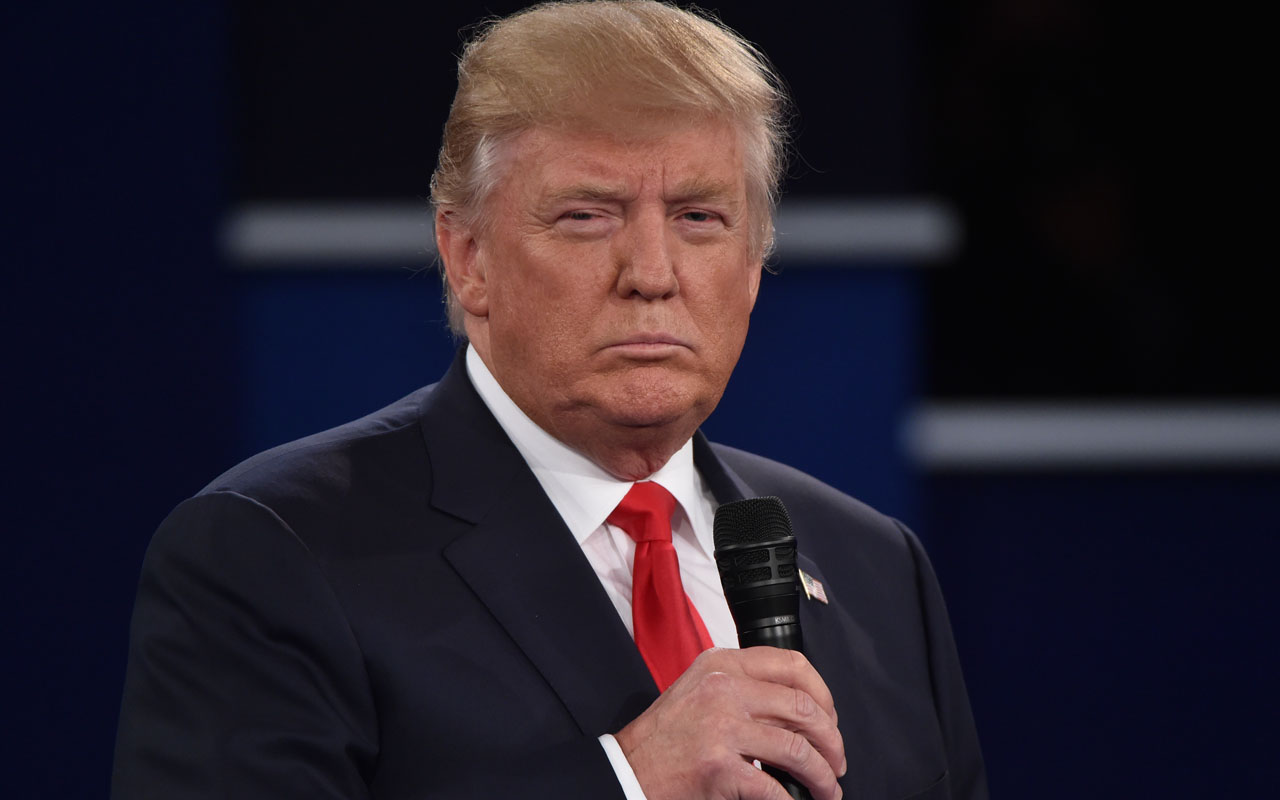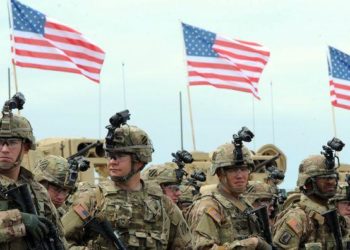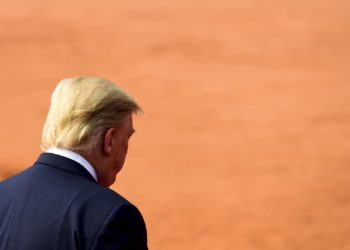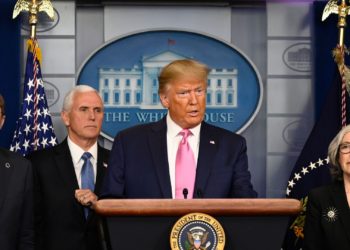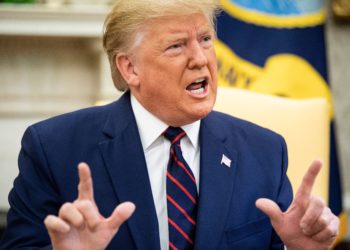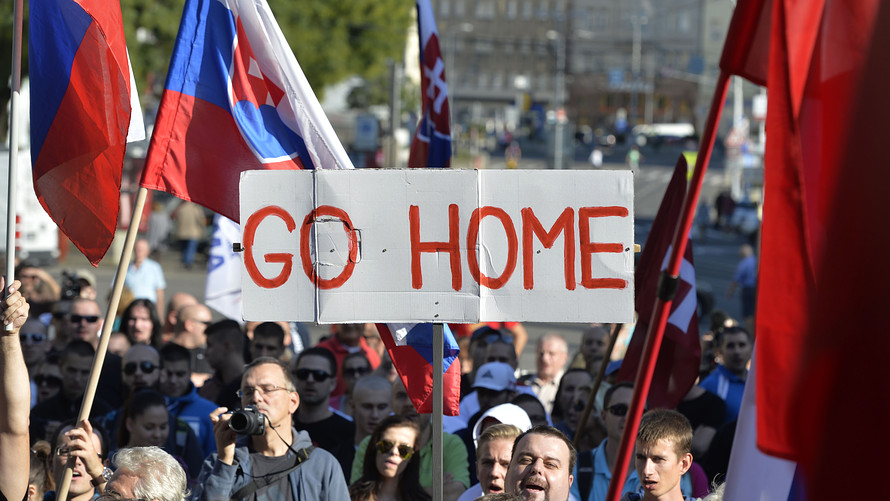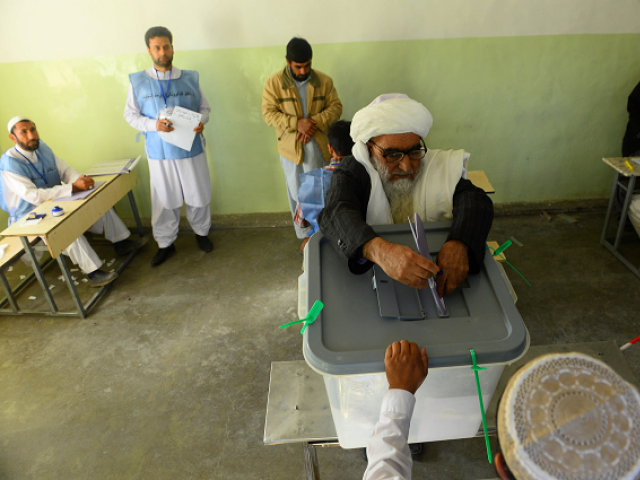President Donald Trump said Monday the United States will begin cutting aid to three Central American nations because of their governments’ failure to stop a migrant caravan headed for the U.S. border.
In a series of tweets, Trump called the caravan’s approach a national emergency and said he has alerted the U.S. border patrol and military, setting the stage for a confrontation when the swelling mass of migrants reach the border.
“We will now begin cutting off, or substantially reducing, the massive foreign aid” that the United States provides to Guatemala, Honduras and El Salvador, he said.
Thousands of people seeking to escape poverty and violence in their homelands have pushed into Mexico despite efforts to hold back the migrant caravan at a bridge on the Guatemala-Mexico border.
Around 3,000 migrants reached the city of Tapachula in the Mexican state of Chiapas on Sunday after a seven-hour trek from the Guatemalan border.
“Sadly, it looks like Mexico’s Police and Military are unable to stop the Caravan heading to the Southern Border of the United States. Criminals and unknown Middle Easterners are mixed in,” he claimed on Twitter.
“I have alerted Border Patrol and Military that this is a National Emergy (sic). Must change laws!”
Trump’s assertions that “unknown Middle Easterners” are among the migrants was quickly denounced as baseless and racist by critics.
“Not a single word of this is true or verifiable,” journalist Mehdi Hassan responded to the tweet.
“There is no reporting that supports Trump’s claim—a claim he made without providing any evidence—that ‘unknown Middle Easterners are mixed in’ the migrant caravan,” Kyle Griffin of MSNBC responded.
It was unclear what formal action, if any, Trump had taken to activate the military or the border patrol.
Trump has used the crisis, which comes two weeks before US midterm elections, as a cudgel against Democrats, reviving the immigrant-bashing rhetoric that helped get him elected in 2016.
“Every time you see a Caravan, or people illegally coming, or attempting to come, into our Country illegally, think of and blame the Democrats for not giving us the votes to change our pathetic Immigration Laws! Remember the Midterms!” he tweeted.
Activists say the journey through of at least 3,000 kilometers (1,800 miles) through Mexico to the US border could take a month.
“We are well aware that this country (Mexico) didn’t receive us as we expected, and they can return us to Honduras, and we also know there are drug traffickers who kidnap and kill migrants,” Juan Flores, one of those migrants, told AFP.
“But we live with more fear in our country, so we carry on forward,” he added.
Mexican authorities had managed to block the caravan of migrants on a border bridge between Mexico and Guatemala, but many later crossed the river below in makeshift rafts before marching north.
The caravan of around 3,000 migrants was heading Monday to the town of Huixtla, around 40 kilometers further on from Tapachula in Chiapas State where they slept Sunday night.
About a thousand migrants, including women and children, were still stranded on a border bridge hoping to enter Mexico legally via Guatemala.
Mexican authorities insisted those on the bridge would have to file asylum claims one at a time in order to enter the country.
‘No Stopping Us’
“No one is going to stop us, after all we’ve gone through,” said 21-year-old Aaron Juarez, who was accompanied by his wife and baby and was walking with difficulty because of an injury.
Honduran farmer Edwin Geovanni Enamorado said he was forced to leave his country because of intimidation by racketeering gangs.
“We are tired, but very happy, we are united and strong,” he said.
Britany Hernandez added: “We have sunburn. We have blisters. But we got here. Our strength is greater than Trump’s threats.”
Mexico’s President-elect Andres Manuel Lopez Obrador called for fair treatment of the migrants.
“We don’t want them to face what (Mexicans) face when they need to look for work in the United States,” he said on Twitter.
The caravan left San Pedro Sula in northern Honduras more than a week ago.
It has comprised between 3,000 and 5,000 people at various times as it moved through Guatemala, according to various sources.
Guatemalan President Jimmy Morales said more than 5,000 migrants had entered Guatemala from Honduras, but that some 2,000 had since returned home on a fleet of government-chartered buses
On Saturday, Mexican authorities opened the border for women and children on the overcrowded bridge, taking them to a shelter in Tapachula, about 40 kilometers from the border.
Plenty of migrants, however, are sleeping in the streets for fear that immigration officials could arrest them if they are in a shelter.
Rafting the River
Around 900 migrants – tired of waiting on the bridge – resorted to crossing the Suchiate River below on makeshift rafts and police did not intervene as they clambered up the muddy riverbank on the Mexican side on Saturday.
Morales and his Honduran counterpart Juan Orlando Hernandez said after meeting that the march was “violating the borders and the good faith of the states.”
The Honduran president acknowledged that social problems were a contributory factor.
“Without a doubt, we have a lot to do so that our people can have opportunities in their communities,” he said.
The migrants are generally fleeing poverty and insecurity in Honduras, where powerful street gangs rule their turf with brutal violence.
With a homicide rate of 43 per 100,000 citizens, Honduras is one of the most violent countries in the world, according to a Honduran university study.


